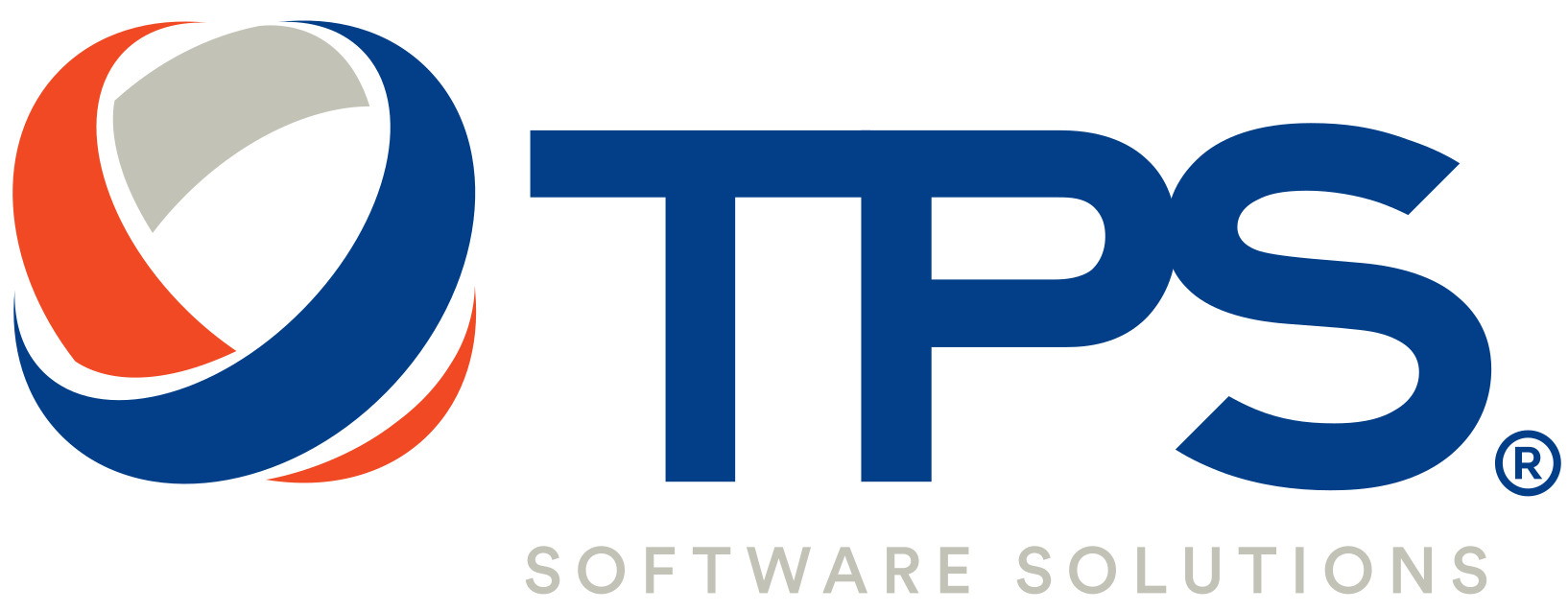Introduction
Outsourcing software development has become a common practice. While this approach offers numerous benefits, including cost savings and access to specialized skills, it also introduces a critical concern: data security. As organizations entrust sensitive information to external development partners, the need for a robust data security framework becomes paramount. This article delves into the intricacies of data security when outsourcing software development, examining the challenges, solutions, and statistical insights that shape this dynamic landscape.
Challenges in Data Security
Third-Party Vulnerabilities
Outsourcing involves sharing proprietary information with external entities, creating vulnerabilities that malicious actors may exploit. According to a study by the Ponemon Institute, 56% of organizations experienced a data breach caused by a third party.
Lack of Control
Organizations relinquish some control when outsourcing, making it challenging to enforce security policies effectively. The 2021 Cost of Cyber Crime Study by Accenture reported that 50% of organizations struggled with managing security in outsourced environments.
Geopolitical and Regulatory Risks
Varied regulatory landscapes and geopolitical tensions can complicate data protection efforts. A survey by Deloitte revealed that 80% of organizations were concerned about geopolitical influences on their data security when outsourcing.
Solutions and Best Practices
Thorough Vendor Assessment
Conducting comprehensive assessments of potential outsourcing partners is critical. The World Economic Forum advises organizations to evaluate vendors based on security practices, compliance certifications, and their ability to adapt to evolving threats.
Implement Robust Contracts
Clearly defined contracts that include stringent data security clauses are essential. The International Association of Privacy Professionals found that 67% of organizations consider contractual obligations the most effective means of ensuring data security in outsourcing relationships.
Regular Audits and Monitoring
Continuous monitoring and regular audits of the outsourcing partner’s security practices are imperative. The State of Cybersecurity 2022 report by ISACA highlights that 68% of organizations conduct regular cybersecurity audits of their external partners.
Encryption and Data Masking
Encrypting sensitive data and employing data masking techniques minimize the risk of unauthorized access. The Global Encryption Trends Study reports that 45% of organizations consider encryption a top security control for protecting sensitive data in outsourcing scenarios.
Employee Training
Human error remains a significant factor in data breaches. Organizations must ensure that their outsourcing partners prioritize employee training on security best practices. According to a survey by Cybersecurity Insiders, 54% of organizations believe employee training is a key component of securing data in outsourced projects.
Statistical Insights
Rise in Outsourcing
According to Statista, the global outsourcing market is projected to reach $397.6 billion by 2025, indicating a substantial increase in organizations leveraging external expertise.
Data Breach Costs
The IBM Cost of a Data Breach Report 2022 reveals that the average cost of a data breach is $4.24 million, underscoring the financial ramifications organizations face when data security is compromised.
Increased Security Spending
Gartner predicts that global spending on information security and risk management technology is expected to reach $174.7 billion in 2022, highlighting the commitment organizations have toward fortifying their security posture.
Conclusion
Data security is a multifaceted challenge that demands meticulous attention. While the statistical landscape indicates a surge in outsourcing and an increasing awareness of security concerns, organizations must remain vigilant in implementing robust measures. By addressing the challenges, adopting best practices, and leveraging statistical insights, businesses can navigate the complex terrain of outsourced software development while safeguarding their most valuable asset – data.













